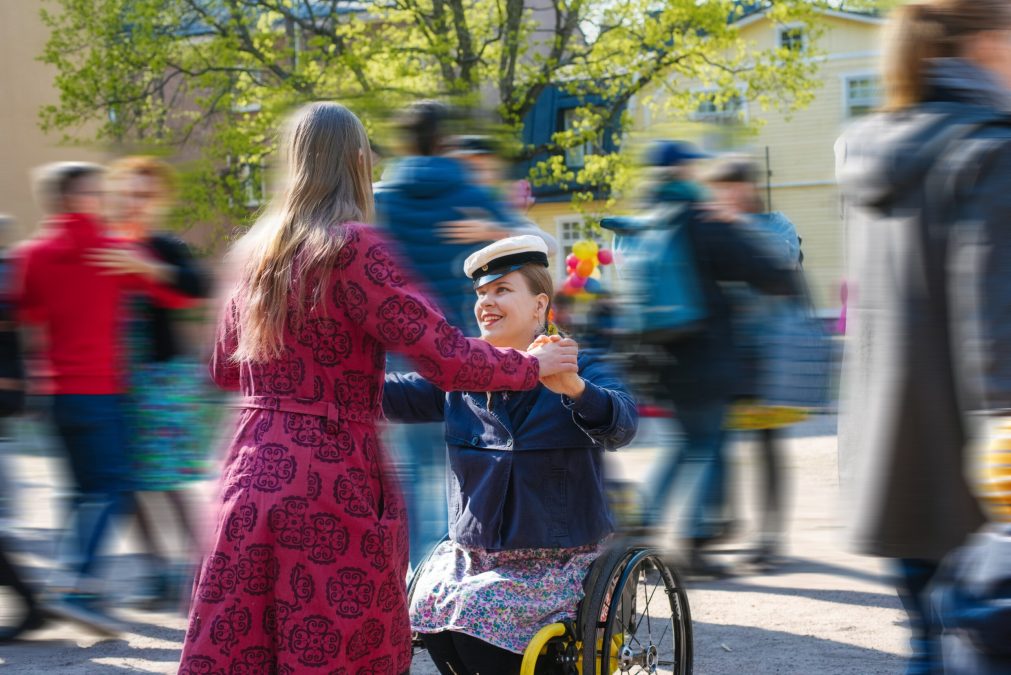Taking special users into consideration
Information on why special users should be taken into consideration in design processes.
In a rough estimate, around 1.5–2 million people in Finland benefit from accessibility features.
There are plenty more people with functional impairments of varying degrees in Finland than is commonly thought. Many illnesses and disabilities are making the use of online contents permanently or temporarily more difficult, and the range of functional impairments varies greatly. Many users have several different functional impairments at the same time.
It has been estimated that there are roughly 500,000 adults with an inadequate level of literacy in Finland. Here, inadequacy means that the persons are unable to sufficiently understand the contents of what they read, even though they are mechanically literate.
The digitalisation of services and the use of self-service systems places these persons in a position in which they are unable to access services that they are entitled to. In addition to these half a million users, an even larger number of people benefit from the use of clear language. A large number of average users with no diagnosed functional impairments have difficulties with and uncertainty related to using websites and services as well.
Similarly, it can be concluded that good visual design also benefits people with no diagnosed visual impairments or other functional impairments, such as elderly people.
Good design helps all users. It is particularly important to users with mobility issues and functional impairments.
It is difficult to present an exact number of users with special needs, as for some the functional impairment is minor or undiagnosed while others have several special needs, so the number of people with different disabilities cannot be added together directly. One functional impairment affects several areas of accessibility at the same time.
For example, users with special needs can be grouped based on the type of impairment:
| Visual impairments: | e.g. blind people, visually impaired people, people with poor vision, presbyopia |
| Hearing impairments: | e.g. deaf people, people with poor hearing |
| Other observational impairments: | e.g. dyslexia, cerebral palsy, autism, diseases of the central nervous system |
| Motor impairments: | e.g. cerebral palsy, multiple sclerosis, Parkinson’s disease, brain injuries, rheumatic diseases, old age |
| Cognitive impairments, observance: | e.g. developmental disability, autism, diseases of the central nervous system, dyslexia |
| Linguistic and comprehension-related impairments: | e.g. developmental disability, autism, limited reading skills, old age, immigrants |
More detailed information about taking users with special needs into consideration

How to take vision-related limitations into consideration?

How to take hearing-related limitations into consideration?

How to take physical and motor skill limitations into consideration?

How to take linguistic and cognitive limitations into consideration?